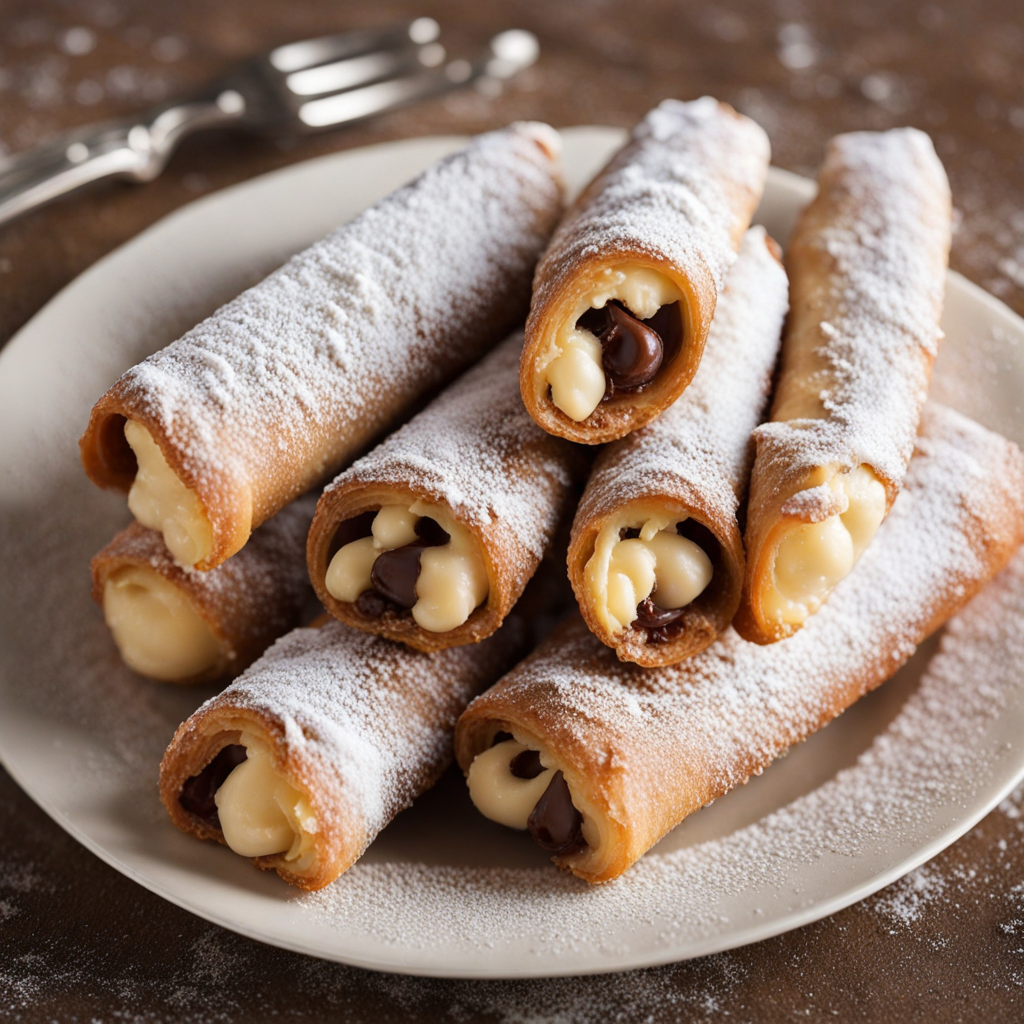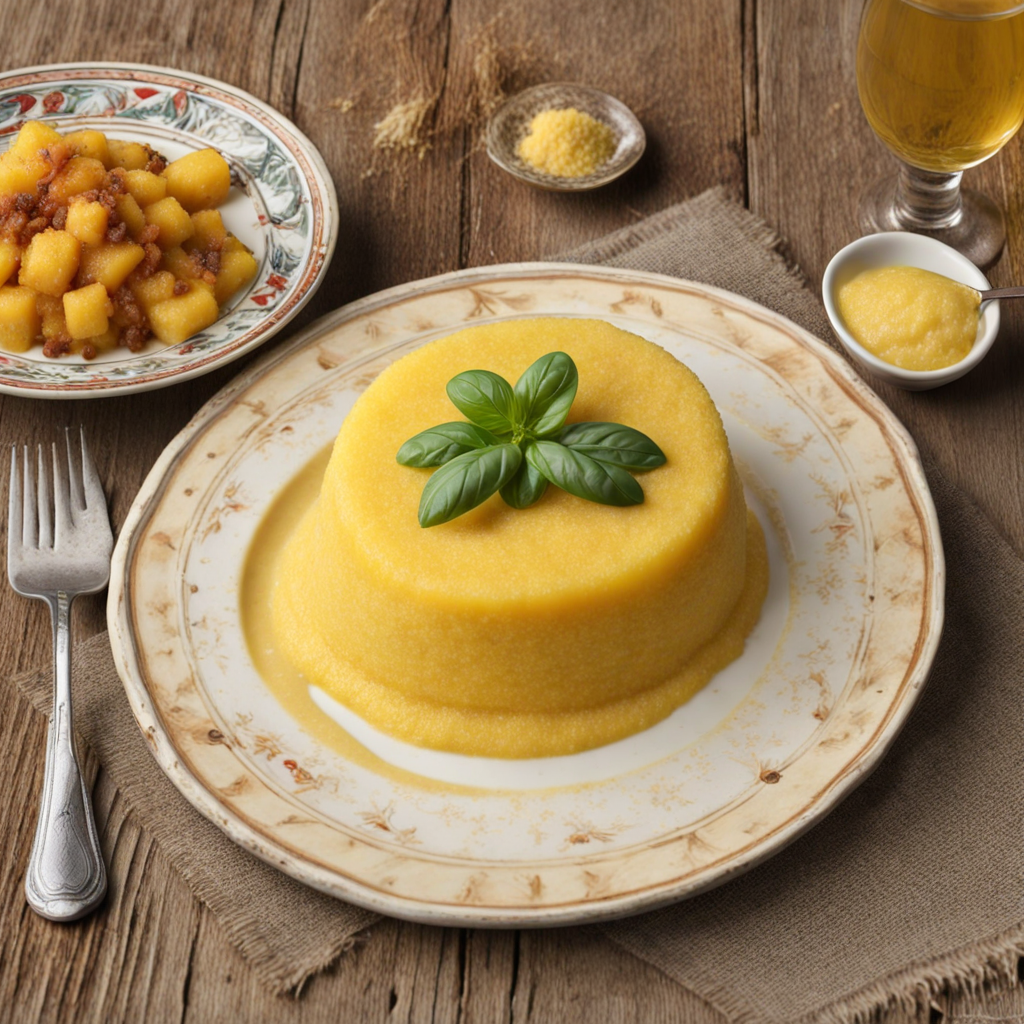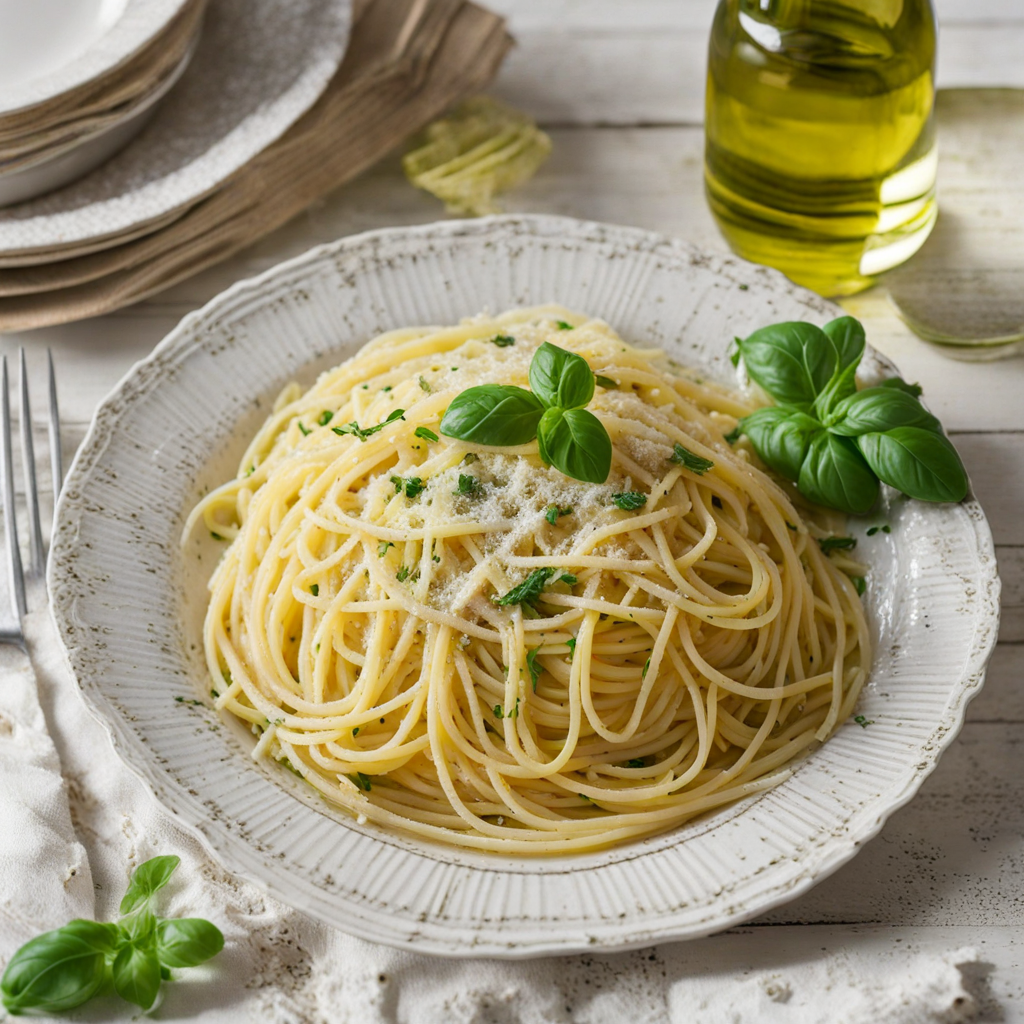Cannoli
Cannoli are delightful Italian pastries that embody a perfect balance of flavors and textures, making them a beloved treat across Italy and beyond. These tube-shaped shells are made from a rich, crispy pastry dough that is traditionally fried until golden brown. The contrast between the delicate, crunchy exterior and the creamy filling inside is what makes cannoli so irresistible. Each bite reveals a satisfying crunch that gives way to a smooth and luscious center, often studded with chocolate chips or candied fruit for added richness and complexity. The filling of a cannoli is typically made from ricotta cheese, which is known for its creamy texture and slightly sweet flavor. Sometimes, mascarpone is blended in to enhance the creaminess, creating a decadent experience. The ricotta is often sweetened with powdered sugar and flavored with vanilla or citrus zest, giving it a bright and inviting taste. The filling can vary by region, with some variations incorporating pistachios or other nuts, adding a delightful crunch and a nutty undertone to each bite. Cannoli are not just a dessert; they are a celebration of Italian culinary tradition. Often enjoyed during festive occasions or as a sweet ending to a meal, they are a symbol of indulgence and joy. Many bakeries take pride in their unique recipes, making each cannoli a personalized masterpiece. Whether served in traditional forms or with modern twists, cannoli invite you to savor the rich heritage of Italian cuisine while experiencing a symphony of flavors that dance on your palate.
How It Became This Dish
Origin of Cannoli Cannoli, a quintessential Italian dessert, boasts a rich history deeply rooted in the culinary traditions of Sicily. Its origins are often traced back to the Arab occupation of Sicily during the 9th to 11th centuries. The Arabs introduced various culinary practices, including the use of sweetened ricotta, which would later become a key filling for cannoli. The dessert likely evolved from a pastry known as “cannolu,” which means “little tube” in Sicilian dialect, referring to the tubular shape of the shells. The first documented mention of cannoli dates back to the 19th century, specifically in the region of Palermo, where it was traditionally prepared for Carnevale, a festival that celebrates the days leading up to Lent. This festive association highlights cannoli's role as a celebratory food, often enjoyed during special occasions and gatherings. The dessert's popularity spread throughout Sicily and eventually across Italy and beyond as Italian immigrants carried their culinary traditions with them. Cultural Significance Cannoli holds a significant place not only in Sicilian cuisine but also in the broader context of Italian culture. It embodies the spirit of Italian hospitality and the joy of sharing food with loved ones. In many Sicilian families, the preparation of cannoli is a cherished tradition, often involving multiple generations. Recipes are passed down, with each family adding their unique touch, whether it’s the type of filling or the method of frying the shells. The cannoli's role extends beyond mere indulgence; it serves as a symbol of Sicilian identity. For Sicilians, cannoli represents a connection to their heritage and the cultural influences that have shaped their island. The dessert has become emblematic of Italian-American cuisine as well, often featured in Italian restaurants across the United States, where it has been embraced and adapted. Development Over Time Traditionally, cannoli consists of a crispy shell made from a dough that is rolled thin and fried until golden brown, and a filling typically made from sweetened ricotta cheese mixed with sugar, vanilla, and often chocolate chips or candied fruit. Over time, the recipe has evolved, with variations appearing across different regions of Italy and among Italian communities worldwide. In the early 20th century, as Italian immigrants settled in America, cannoli underwent further transformation. New fillings emerged, including mascarpone and cream, catering to local tastes. Bakeries began to offer larger, more extravagant versions of the classic cannoli, sometimes filled with flavored creams like pistachio or hazelnut. The introduction of modern refrigeration allowed for the mass production of cannoli, making it a more accessible dessert for many. The commercialization of cannoli in the U.S. led to the rise of iconic cannoli in popular culture, often featured in movies and TV shows, solidifying its status as a beloved treat. The dessert became a hallmark of Italian-American celebrations, including weddings, birthdays, and holidays, further embedding it in the culinary landscape of America. Regional Variations While the classic cannoli is synonymous with Sicily, various regional adaptations have emerged throughout Italy. In Naples, for example, there is a dessert called “sfogliatella,” which, while distinct, shares some similarities in preparation and presentation. The use of ricotta in various pastries is a common thread in many Italian desserts, showcasing the versatility of this beloved cheese. In Sicily, some variations of cannoli include the use of different flavorings, such as cinnamon or citrus zest, in the ricotta filling. Additionally, the shells may be adorned with chopped pistachios or chocolate at the ends, adding a textural contrast and visual appeal. In some areas, the shells may be baked instead of fried, providing a lighter alternative to the traditional recipe. The popularity of cannoli has also inspired innovative interpretations, such as cannoli-inspired ice cream or cake. Bakeries and chefs around the world have taken creative liberties, infusing new flavors and techniques while honoring the dessert’s heritage. These adaptations demonstrate the enduring appeal of cannoli, as it continues to evolve and inspire new generations of food lovers. Modern Cannoli and Global Influence In contemporary times, cannoli has transcended its regional origins to become a globally recognized dessert. Italian restaurants and bakeries around the world now feature cannoli on their menus, serving as a testament to the dessert's widespread appeal. The rise of food tourism has also contributed to its popularity, with travelers seeking authentic culinary experiences in Italy and beyond. The internet and social media have played a significant role in promoting cannoli as well. Food bloggers and influencers share their recipes, showcasing the beauty and indulgence of this dessert, leading to a renewed interest among home cooks. Cooking classes dedicated to Italian desserts often include cannoli, allowing participants to learn about its history and preparation firsthand. Furthermore, the cannoli has become a canvas for culinary creativity, with chefs experimenting with flavors and presentations. From matcha cannoli to vegan versions made with plant-based ingredients, the dessert continues to adapt to contemporary tastes and dietary preferences. This innovation reflects a broader trend in the culinary world, where traditional recipes are reimagined to fit modern lifestyles. Conclusion The history of cannoli is a delicious journey through time, reflecting the cultural exchanges and culinary traditions that have shaped Italian cuisine. From its origins in Sicily to its status as a beloved global dessert, cannoli embodies the essence of Italian hospitality and the joy of sharing food. As it continues to evolve and inspire, cannoli remains a testament to the enduring legacy of Italian culinary artistry, celebrating both tradition and innovation in every bite.
You may like
Discover local flavors from Italy







